Meet the Green Frog: A Comprehensive Guide
The Green Frog, a common yet captivating amphibian, holds a significant place in both the natural world and human culture. Often overlooked, these creatures are indicators of environmental health, play vital roles in their ecosystems, and possess a surprisingly complex life history. This guide delves into the world of the Green Frog, exploring its characteristics, habitat, behavior, and more.
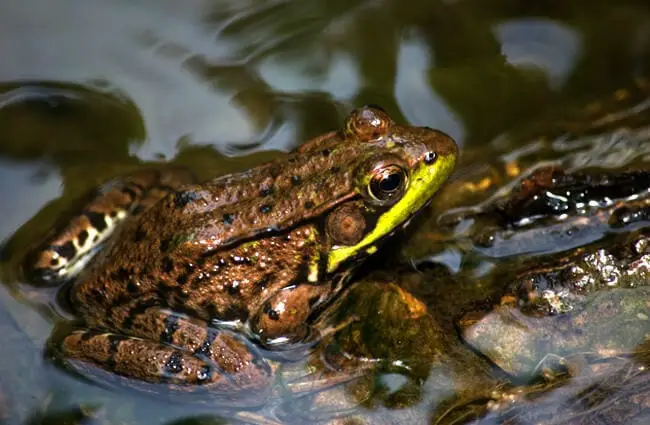
What Exactly is a Green Frog?
The term “Green Frog” isn’t a single species, but rather a common name applied to several species within the Lithobates genus, most notably the American Green Frog (Lithobates clamitans). These medium-sized amphibians are characterized by their predominantly green coloration, though shades can vary considerably – from bright emerald to olive, and even brown or bronze – depending on factors like habitat, temperature, and individual variation. They generally range in size from 5 to 10 centimeters long. A defining feature is the prominent dorsolateral ridges – folds of skin running down their backs. These frogs possess excellent camouflage, blending seamlessly with the vegetation around them.
Habitat and Distribution
Green Frogs are native to eastern North America, ranging from southeastern Canada through the eastern United States to parts of Mexico. They are semi‑aquatic, thriving in a variety of freshwater habitats. Look for them in ponds, lakes, marshes, streams, and even roadside ditches. They prefer areas with abundant vegetation, offering cover from predators and suitable spots for breeding. They require access to both water for breeding and land for foraging and shelter. The presence of Green Frogs is often a good sign of relatively clean water, though they can tolerate some level of pollution.
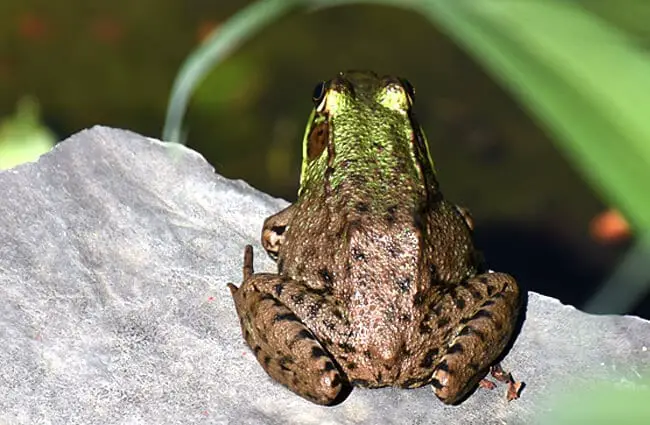
Diet and Foraging Behavior
Green Frogs are opportunistic carnivores, meaning they’ll eat whatever they can catch. Their diet consists primarily of insects and other invertebrates, including beetles, dragonflies, grasshoppers, and spiders. Larger frogs may also consume small fish, tadpoles, and even smaller frogs. They are sit‑and‑wait predators, remaining motionless until prey comes within striking distance. Their long, sticky tongues are then rapidly extended to capture their meal. They forage both in the water and on land, often hunting at night or during twilight hours.
Life Cycle and Reproduction
Green Frogs typically breed in the spring or early summer. Males attract females with a distinctive “gung” call, resembling the sound of a banjo string. This call serves as both an advertisement of their presence and a warning to other males. Females lay masses of eggs in shallow water, often attached to vegetation. These eggs hatch into tadpoles, which are aquatic larvae with gills and a tail.
Tadpoles undergo metamorphosis, gradually developing legs, lungs, and losing their tail. This process can take several weeks to months, depending on water temperature and food availability. Young frogs, known as froglets, initially resemble miniature adults but continue to grow and mature over the following year or two. Green Frogs can live for several years, with some individuals exceeding 10 years of age.
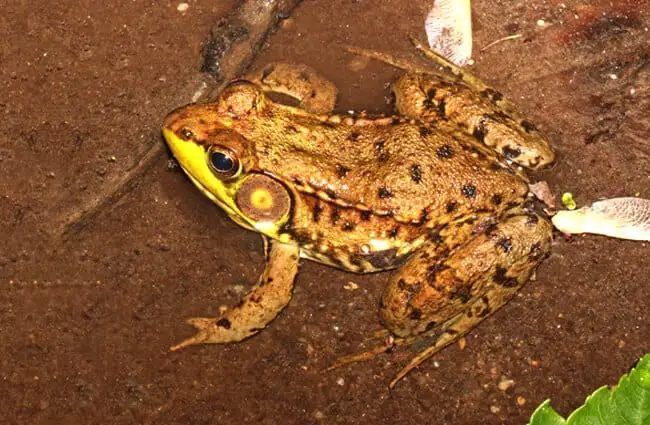
Ecological Role and Interactions
Green Frogs play a crucial role in their ecosystems. As predators, they help control populations of insects and other invertebrates. They also serve as prey for larger animals, including snakes, birds, turtles, and mammals such as raccoons and herons. Tadpoles contribute to nutrient cycling in aquatic environments by feeding on algae and detritus. Their presence or absence can be an indicator of wetland health.
They often coexist with other frog species, sometimes sharing breeding ponds. Interactions can range from competition for resources to hybridization in certain cases. They are also susceptible to parasites and diseases, which can impact population numbers.
Green Frogs and Humans
Historically, Green Frogs were collected for food – their legs being considered a delicacy in some regions. This practice has declined significantly, but habitat loss and pollution remain major threats to their populations. They are sometimes used in scientific research, particularly in studies of amphibian biology and toxicology.
Humans can help protect Green Frogs by preserving wetlands, reducing pollution, and avoiding the use of pesticides and herbicides near their habitats. Simply being aware of their presence and appreciating their role in the ecosystem can also make a difference.
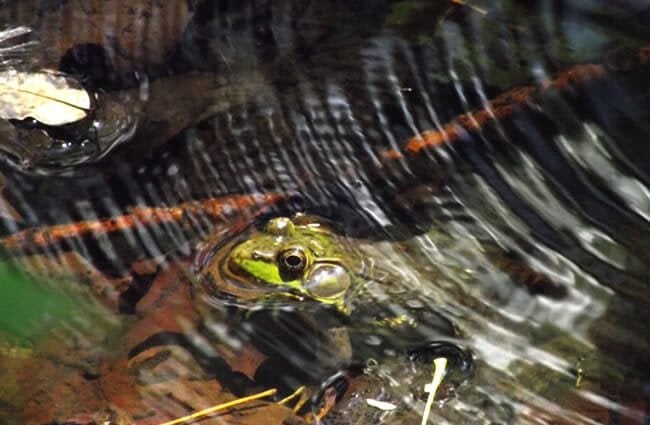
Finding Green Frogs in the Wild
If you’re hoping to spot a Green Frog, the best time to look is during the spring and summer months. Visit ponds, lakes, marshes, or slow-moving streams with plenty of vegetation. Listen for their distinctive “gung” call. Look for them basking on lily pads, submerged vegetation, or along the water’s edge. Approach quietly and slowly to avoid startling them. Remember to observe them from a respectful distance and avoid disturbing their habitat.
Green Frog Care in Captivity
Keeping Green Frogs as pets requires specialized care. They need a large, well‑maintained aquarium with both aquatic and terrestrial areas. The water should be filtered and dechlorinated, and the temperature should be kept within a suitable range. They require a varied diet of insects and other invertebrates, supplemented with vitamins and minerals. Regular cleaning and maintenance are essential to prevent the buildup of harmful bacteria and fungi. It’s important to research the specific needs of the species before acquiring one as a pet and to ensure that it is legally obtained.
Interesting Facts
- Green Frogs can change color to better blend with their surroundings.
- Their call is used for both attracting mates and defending territory.
- Tadpoles breathe through gills, while adults breathe through lungs and their skin.
- They can survive being frozen during the winter by entering a state of dormancy.
- Green Frogs are indicators of water quality.
- Some species hybridize with other frog species.
- Their skin secretes a mucus that provides protection from predators and keeps it moist.
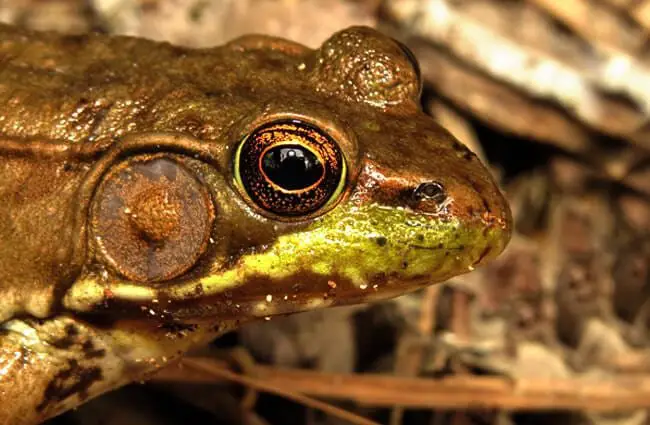
Conclusion
The Green Frog, a seemingly humble creature, is a fascinating example of adaptation and ecological importance. From its unique life cycle to its role in the ecosystem, this amphibian deserves our respect and protection. By understanding and appreciating these creatures, we can contribute to their conservation and ensure that they continue to thrive for generations to come.

![Red Angus Closeup of a beautiful Red Angus cowPhoto by: U.S. Department of Agriculture [pubic domain]https://creativecommons.org/licenses/by/2.0/](https://animals.net/wp-content/uploads/2020/03/Red-Angus-4-238x178.jpg)




![Red Angus Closeup of a beautiful Red Angus cowPhoto by: U.S. Department of Agriculture [pubic domain]https://creativecommons.org/licenses/by/2.0/](https://animals.net/wp-content/uploads/2020/03/Red-Angus-4-100x75.jpg)

